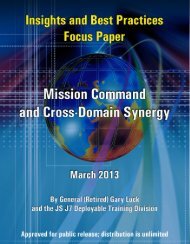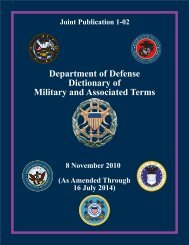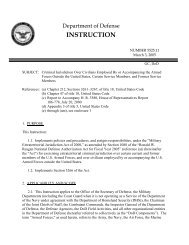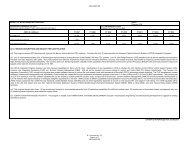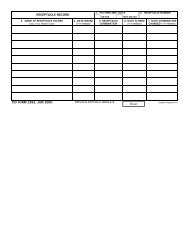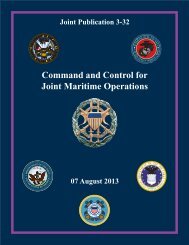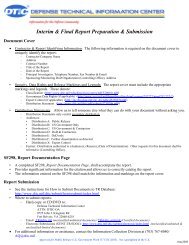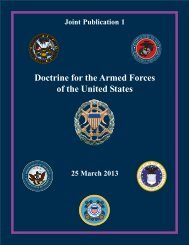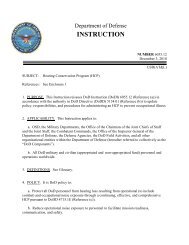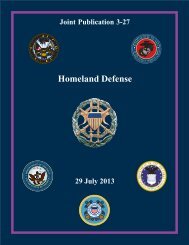JP 3-16, Multinational Operations - Defense Technical Information ...
JP 3-16, Multinational Operations - Defense Technical Information ...
JP 3-16, Multinational Operations - Defense Technical Information ...
Create successful ePaper yourself
Turn your PDF publications into a flip-book with our unique Google optimized e-Paper software.
Planning and Execution Considerations<br />
<strong>Multinational</strong> Force Air Component Commander<br />
Notional Responsibilities<br />
• Develop a multinational air operations plan to support the multinational force<br />
commander’s (MNFC’s) objectives.<br />
• Recommend to the MNFC apportionment of the joint air effort, after consulting with<br />
other component commanders.<br />
• Allocate and task air capabilities/forces made available based on the MNFC’s air<br />
apportionment decision.<br />
• Provide oversight and guidance during execution of multinational air operations.<br />
•<br />
Coordinate multinational air operations with other component commanders and<br />
forces assigned to or supporting the MNFC.<br />
• Assess the results of multinational air operations.<br />
• Support MNFC information operations with assigned assets, when directed.<br />
• Function as the supported/supporting commander, as directed by the MNFC.<br />
•<br />
Perform the duties of the airspace control authority, the area air defense<br />
commander, and/or the space coordinating authority as designated.<br />
• Implement a personnel recovery plan for their own forces.<br />
Figure III-6. <strong>Multinational</strong> Force Air Component Commander Notional Responsibilities<br />
(4) Airspace Control. The primary purpose of airspace control is to increase<br />
combat effectiveness by promoting the safe, effective, and flexible use of airspace with<br />
minimal restraint imposed on the users. International agreements, enemy and friendly force<br />
structures, deployments and resupply operations, commanders’ concepts and operations, and<br />
operating environments such as foreign countries, the high seas, and amphibious objective<br />
areas will necessitate different specific arrangements for airspace control.<br />
(a) Responsibility. The responsibility for airspace control rests with the<br />
MNFC, who normally designates an airspace control authority (ACA) to coordinate the<br />
airspace control activities for multinational operations. The broad responsibilities of the<br />
ACA include establishing, coordinating, and integrating the use of the airspace control area.<br />
Subject to the authority and approval of the MNFC, the ACA develops broad policies and<br />
procedures for airspace control and for the coordination required among nations’ forces.<br />
(b) When operating outside of a combat environment and within the borders of<br />
another sovereign nation, the ACA may perform coordination rather than control over the<br />
airspace. In those situations, the ACA needs to establish an effective relationship with the<br />
HN airspace authority. Also, in addition to increasing effectiveness, the HN interests are<br />
likely to include safe domestic civil aviation, efficient commercial aviation, and international<br />
overflight rights. Integrating airspace control efforts will have a positive impact on the<br />
overall relationship between the HN and the MNF.<br />
(c) The ACA establishes an airspace control system that is responsive to the<br />
needs of the MNFC, integrates the MNF airspace control system with that of the HN, and<br />
III-27



